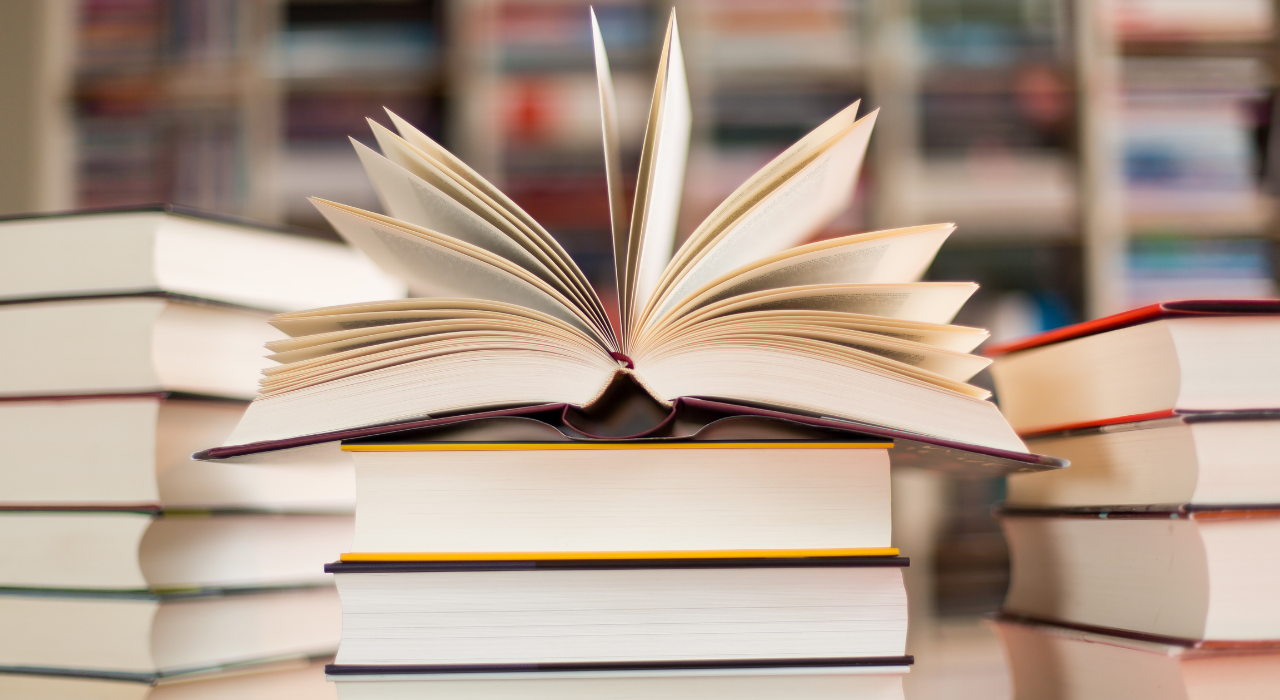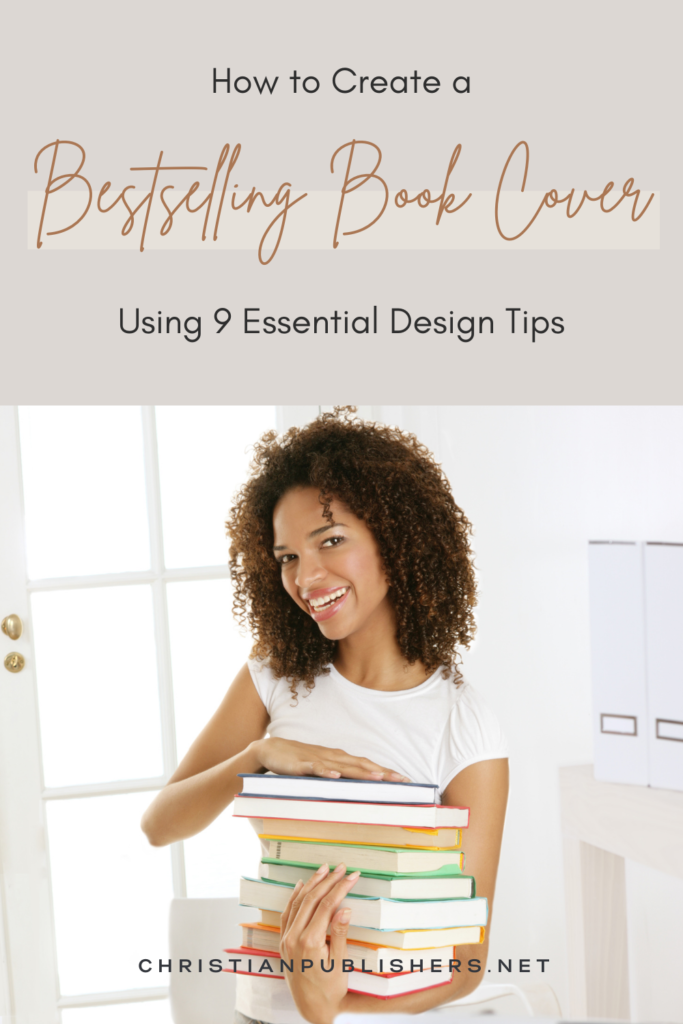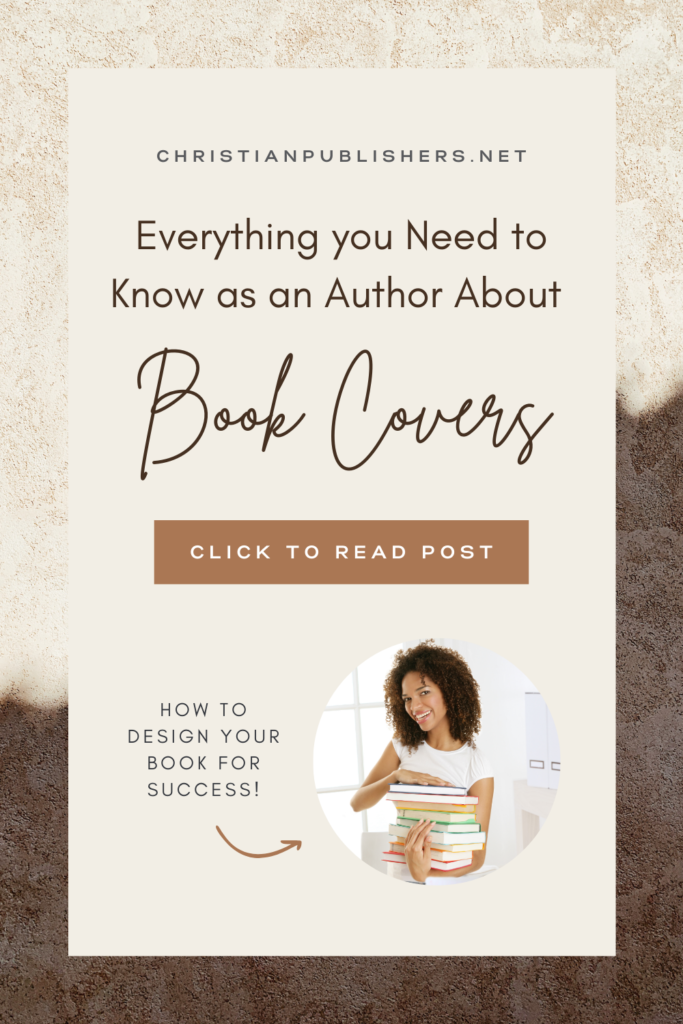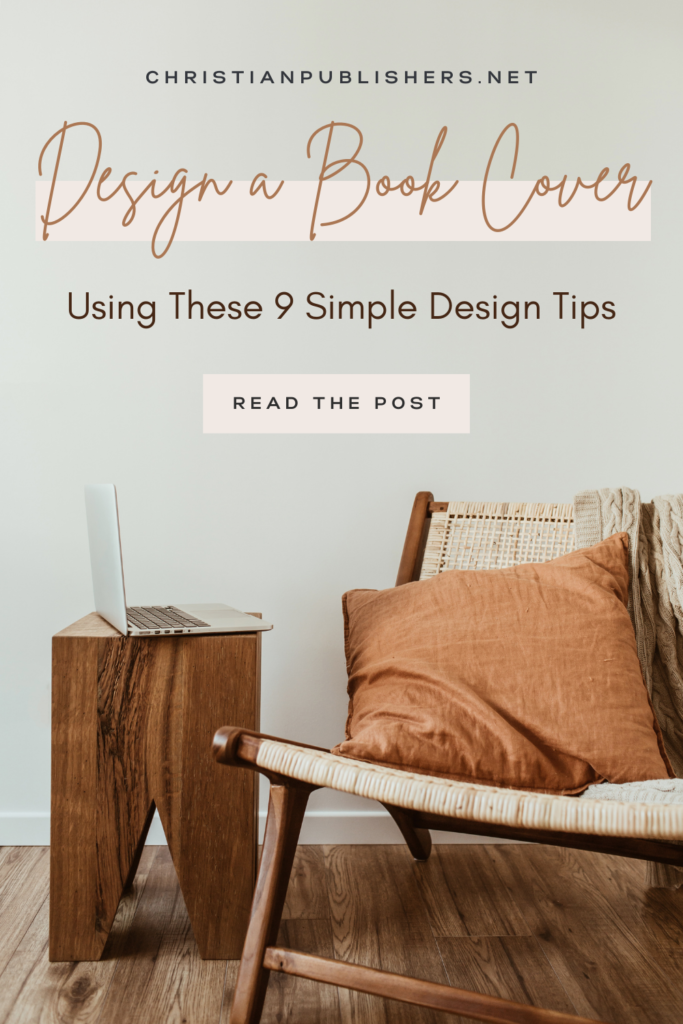
9 Essential Book Cover Design Tips For Authors by Sandy Gould
Book Binding and Finishing Options
Softcover or hardcover, workbook or children’s book – the binding and finishing styles you choose for a book are essential. For many reasons, the same quality and attention to detail must go into the book’s physical design that went into good content development. Read on to discover the top 9 book cover design tips.
When deciding which bind style is right for a book, you must first consider how consumers will use it. Will users need to take notes or remove pages? Will the book receive heavy use, requiring a durable and long-lasting format? Different bookbinding methods have various applications, and the binding you choose can influence the user experience considerably.
Below is a quick break down of bind styles and their typical applications and a few standard finishing techniques.
Perfect Binding
The most common bind style used for paperback books is perfect binding. Fiction and nonfiction trade paperbacks, large catalogs, and large magazines are a few of the typical applications of perfect binding.
The cover of a perfect-bound book is usually made from a thicker cardstock and coated or laminated to protect the book. The spine is threaded together or glued – PUR adhesive is used when printed on gloss or matte coated paper. PUR adhesive adds superior strength to the binding.
Saddle Stitch Binding
If you’ve recently picked up a journal, small color book, or booklet, it was likely bound by saddle stitching. Saddle stitching binds books using staples. Pages and covers are folded and gathered, then stapled through the fold along the spine. This binding style can be used for both self-covered books and books with separate covers.
Plastic Coil and Double Wire Binding
Technical manuals, presentations, notebooks, and journals are just a few of the typical uses for the plastic coil and double wire binding methods. These bind styles are great options for books or documents that require notes. Pages can also easily be removed by adding perforation along the binding edge.
Plastic coil binding, also referred to as spiral binding, uses a plastic coil that holds or binds the printed pages together. The text and cover pages are punched with a sequence of small holes on the book’s bind edge. When the term ‘wire-o’ or double wire binding is used, it typically means that preformed metal wire binds the pages together.
Case Bound (Hardcover Books)
Casebound books, also referred to as hardcover books, are typically reference books, children’s books, and textbooks. Any book that may see a lot of use, like a textbook, will get the durability it needs from case binding.
Casebound books typically use binders board or heavy paperboard covered with cloth, printed and wrapped sheets, or leather. The printed pages are gathered and then sewn or adhesive bound. The cover is then glued to the spine and end sheets of the trimmed book block.
You can see visual examples of each binding style here.
Book Cover Finishing & Enhancements
There are a variety of different finishing options that can take printed books from ordinary to extraordinary. Below are a few finishing options that can help books stand out from the crowd and grab readers’ attention.
Foil Stamping
A traditional cover decoration that can be added to both hardcover and softcover books is foil stamping. A metal die is created, heated, and then used to press a thin layer of foil into the cover material. This technique can add shimmer and texture to highlight specific text or images on a cover. This process can also be combined with embossing to create an enhanced 3D image.
Embossing and Debossing
Debossing and embossing are two techniques used to imprint impressed or depressed images onto paper. Embossing is a raised design that is pressed into paper or cardstock from underneath. Debossing is the opposite, causing depressions of the imprinted design on the material.
Dull/Gloss
To achieve a combined look of a dull and gloss effect on a book cover, lay-flat gloss lamination is applied to the cover or dust jacket. Then a spot matte over-coating is applied to the areas of the cover that are intended to have a contrasting matte finish. This treatment may not work well for some cover designs but can be an effective way to highlight the book title or graphic image within the printed piece.
When considering these cover enhancements, it is essential to determine whether the additional expense would help sell more books. For example, if a book is selected to be listed for sale online, spending additional on cover embellishments may not be your best option. On the other hand, these could add value to bookstores where buyers will be engaged by the look and feel of the cover.
You can see visual examples of each finishing technique here.
Color House Graphics (CHG) is a leading book manufacturer located in Grand Rapids, Michigan. We have been serving self-published authors, independent book publishers, large publishing companies, and organizations nationwide for over 30 years. CHG specializes in digital book printing, offset book printing, complete bookbinding, distribution, and fulfillment. To learn more, visit us at www.colorhousegraphics.com




